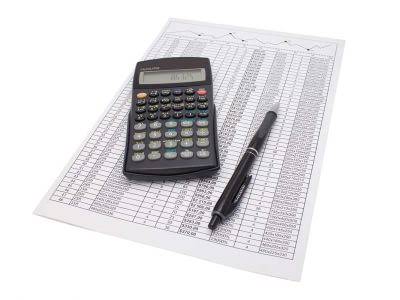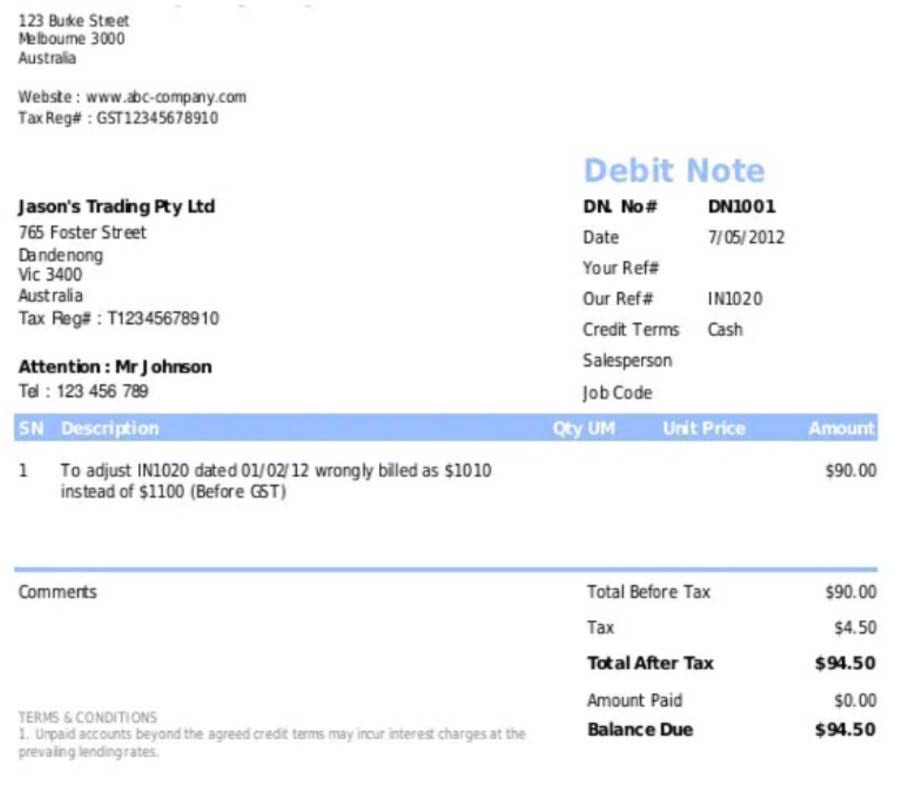
On the other hand, strategic use of liabilities can foster growth. For example, companies may take out loans to invest in profitable ventures, such as expanding into new markets or launching new products. If these ventures succeed, the liabilities will be more than offset by the increased revenues. In this case, the company has successfully generated a profit of $30,000 expenses vs liabilities after covering its expenses.
- In such cases, the company recognizes an expense on its income statement but also records a corresponding liability on the balance sheet.
- Expenses are not liabilities even though they may seem as though they’re interchangeable terms.
- In practice, this means expenses are included on your company’s income statement, and liabilities are listed on your balance sheet.
- For example, recurring expenses like utilities or subscriptions can be automatically assigned to the right categories.
- In cash basis accounting, expenses are only recorded when they are paid.
Example Journal Entry for Accrued Wages

A clear understanding of both is essential for managing a company’s financial health effectively. Accrual accounting also income statement enhances the accuracy of financial reporting. By recognizing accrued expenses, businesses ensure their financial statements reflect all incurred costs, regardless of when cash changes hands. This provides a more realistic view of a company’s financial position.

Relationship Between Expenses and Liabilities

Ramp transforms expense management with automation that saves time and improves visibility into company spending. From automatic receipt capture to real-time expense tracking, Ramp helps businesses stay organized and compliant—without the manual work. The monthly utility bills of $12,000 for electricity and water used in production areexpenses that only benefit current operations. Because contingent liabilities are recorded depending on future events, they look more like potential liabilities. If you do not have your taxes due in the next 12 months, they will be considered a long-term debt and be assigned to a deferred tax account.

Explore how Ramp streamlines expense management
- Let’s look at a historical example using Apple’s 2022 balance sheet.
- For growing businesses, understanding when to invest in long-term assets (expenditures) versus when to manage short-term costs (expenses) is key to financial success.
- Here, we tackle some of the most frequently asked queries to demystify this essential concept.
- Equity is found on a company’s balance sheet together with assets and liabilities.
- Fyle simplifies the process with automation and seamless integration into accounting software, making expense management efficient and accurate.
Misclassification can lead to audits, penalties, and missed deductions. Properly categorizing expenses helps small businesses track where their money is going, enabling better budgeting and financial planning. This clarity is crucial for managing cash flow and ensuring the business remains solvent. The ongoing costs of fuel, insurance, and driver salaries (around $25,000 monthly) are operating expenses that don’t extend beyond the current period. Understanding how accrued expenses relate to your cash flow statement empowers you to make strategic financial decisions and maintain a healthy cash balance. For a deeper dive into optimizing your financial processes, explore FinOptimal’s Managed Accounting Services.
Cost of goods sold (COGS)
Liabilities can easily be contrasted with assets because they are the things that the company owes or has borrowed whereas assets are the things that the company owns or is owed. Accounts payable and loans payable are the most common types of liabilities. The financial statements of a business which report its profitability and financial position primarily consist of a profit and loss account and a balance sheet. Accounts recorded in these financial statements fall in either of the four categories i.e., revenue or expense and assets or liabilities. Revenues and assets are represented by current or future inflows whereas expenses and liabilities by current or future outflows. By recognizing expenses when they Retail Accounting happen—not just when cash leaves your account—you create a realistic view of your company’s financial performance.